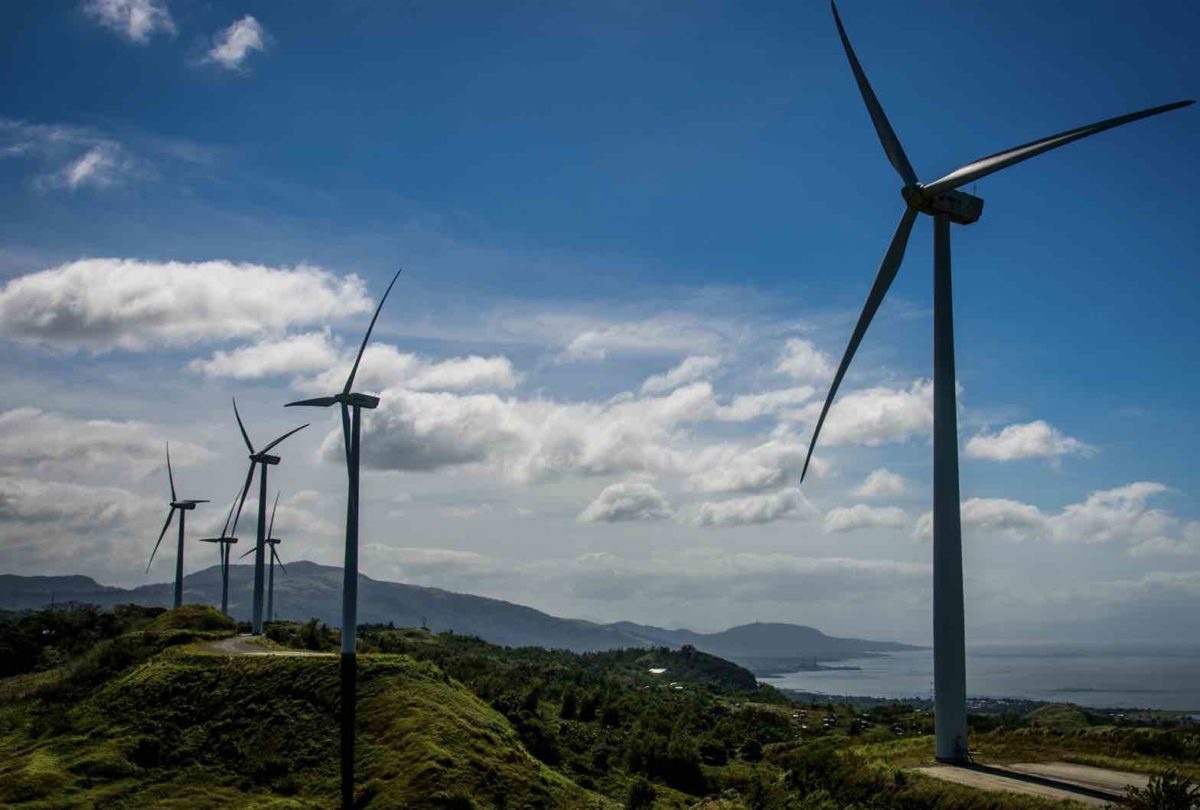The Australian Energy Market Operator has dumped the “slow change” scenario from its major planning document, as it looks to green energy exports and tapping into consumer PV, batteries and electric cars to help deliver on ambitious climate targets.
A new document outlining the scenarios and assumptions that will be used in its new Integrated System Plan focuses on three scenarios consistent with 1.5°C and 1.8°C outcomes, although it also looks at one scenario where global factors hinder economic growth, and is more consistent with a 2.6°C outcome.
The ISP has become the central, 30-year planning document for the grid operator, investors and policy makers. The “step change” scenario from the 2022 ISP modelled a share of 82 per cent renewables by 2030 and was considered the most likely by the majority of people in the industry.
That scenario has now become the de-facto target of the federal Labor government since it won power in May, and is boosted by the ambitious 2035 targets in Victoria (95 pct) and Queensland (80 pct), and the infrastructure renewable roadmap in NSW that aims to replace most if not all its coal generators within a decade.
AEMO has not yet signalled which is the most likely core scenario of the 2024 ISP – that will be subject to a “vote” or feedback from hundreds of stakeholders, once the scenarios have been finalised after further rounds of consultation,.
But it has flagged four new scenarios that look at changes in commodity and technology prices, the rise of consumers and their solar panels and EVs, and the demand for much hyped technologies such as green hydrogen and green ammonia.
They reflect the multiple possibilities and directions that the shift to clean energy may pursue, and will be influenced by local and international policies and geo-politics, financial markets, commodity prices, consumer sentiment, and the climate outcomes.
The four key scenarios are:
1.5°C Green Energy Exports
This scenario refines the 2021 Hydrogen Superpower scenario, which was the only one in the 2022 ISP consistent with 1.5°C and which was considered most likely by around one quarter of people consulted.
This new scenario is still consistent with 1.5°C, and assumes a rapid transformation of Australia’s energy sectors, including a strong use of electrification, higher economic growth and strong demand for green energy.
This will enable greater development of green energy exports domestically (particularly green hydrogen exports via ammonia and other energy-intensive manufacturing that utilise hydrogen such as green steel).
Interestingly, it notes that hydrogen production connected to the country’s main grid is lower – despite South Australia’s pursuit of the world’s biggest hydrogen power generator. And despite growing questions about transport costs, it say export demand will still be a significant driver of energy sector investments.
1.8°C Orchestrated Step Change
This is one of two scenarios that refines the earlier Step Change scenario and relies on a very strong contribution from consumers in the transformation, with rapid and significant continued investments in CER (consumer energy resources), which are highly orchestrated through aggregators or other providers.
There is also strong transport electrification, as well as opportunities for Australia’s larger industries to electrify to reduce emissions. The scenario also reflects growing ambition and interest in developing hydrogen production opportunities to support new domestic loads.
1.8°C Diverse Step Change
Another variation of Step Change, this scenario looks set consumer energy resources, but factors in their potential reluctance to embrace the technologies and particularly the shared control required to orchestrate these assets.
“With less orchestration occurring, the ability to rely on these investments to operate the power system securely is reduced and the overall scale and contribution of consumers to the energy transformation is therefore lower, requiring greater action and diversified investments from utilities,” AEMO says.
That means Australia will have to focus on means to decarbonise the gas sector, including technology such as biomethane blending as a alternative to electrification for some gas commercial and industrial customers.
2.6°C Progressive Change
This scenario explores the challenges of meeting Australia’s current Paris Agreement commitment of 43% emissions reduction by 2030 if the economic circumstances become more challenging, and assumes slower economic growth than the last Slow Change scenario.
It models strong policy commitments, but factors in higher energy costs that slow the pace of change, and reduced industrial loads at risk.
There’s a couple of different things to note about these new scenarios.
Slow change dumped
The first is that the “slow change” scenario favoured by the previous Coalition government has been dumped.
“(It) is no longer consistent with the pace of transformation required by the collection of policies facing Australia’s energy industry,” says AEMO, adding that most of its stakeholders supported the Slow Change scenario’s removal.
There are a couple of variables that will need to be included in the scenario, with one notable being the impact of offshore wind.
A huge number of global big players have entered the market with big plans, but nothing has been built, or even subject to a detailed feasibility study, so there is a lot of uncertainty. AEMO says that at the very least, the Victoria offshore wind targets will be factored into its modelling.
Other sensitivities revolve around the state of financial markets, and interest rates, which will affect the cost of investment, and whether infrastructure can actually be built, which will be subject to supply chains and labour costs and availability.
Listen to our recent interview with Merryn York, the head of system design, in this latest episode of the popular weekly Energy Insiders podcast.










